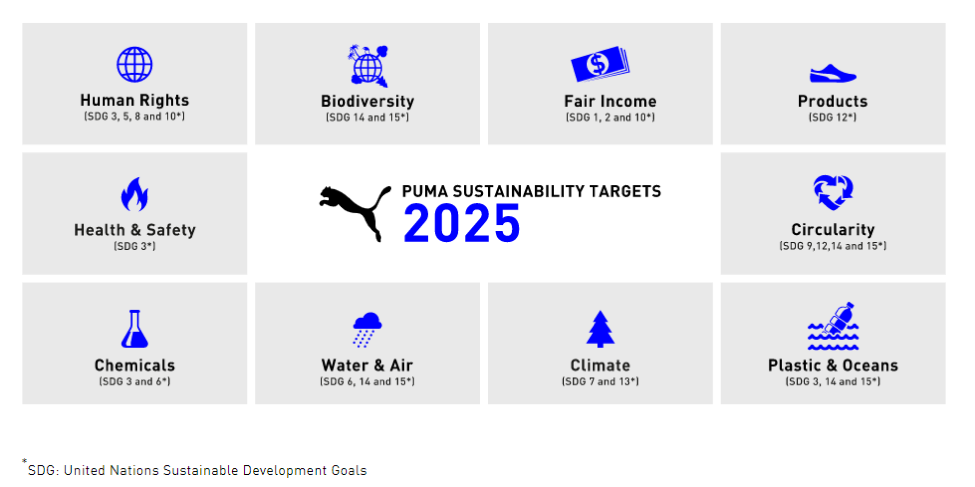Brand CasesPUMA is Supporting China Suppliers to Implement Carbon Reduction
Publication Date:2021-08-30
View:7348
In 2019, PUMA has set a science-based greenhouse gas emissions reduction target. It means that we want to do what is needed to meet the goals of the Paris Agreement and keep climate change in check. For our supply chain, this means by 2030, we will reduce carbon emissions by 60% relative to sales (per Million €, baseline year 2017).
To meet this target, PUMA needs its manufacturing partners to think big and think long term: from using more renewable energy, to reducing CO2 emission via increasing energy efficiency. These messages were conveyed to suppliers in PUMA’s 10FOR25 sustainability targets, and the company actively promotes and supports suppliers to implement related plans.

For example, one of our textile suppliers in Ningbo, China installed rooftop solar PVs, and embarked on a large-scale wind energy project. Taking into account their projected growth rate, the renewable energy generated will contribute to 2/3 of the group’s total electricity consumption in China by 2030. On the wind energy front, the group has already started using 45 megawatts of electricity generated from a nearby wind farm, and will expand to 210 megawatts by 2030, reducing 420,000 tonnes of CO2 equivalents annually by then.
In the meantime, one of the group’s dying mill in China also participated in the Clean by Design (CbD) project co-held by Apparel Impact Institute (AII) and PUMA. Per the experts’ instruction, the dying mill adopted measures such as enhancing thermal insulation and heat recycle, equipment upgrading, and improving employees’ sustainability awareness. These resulted in the dying mill reducing 7.7% of its energy consumption, 13% of its water usage and 9.7% of its carbon emissions in 2020 compared to that in 2018.
PUMA will continue to support its suppliers in China to set and achieve emissions reduction targets through methods such as raising awareness and capacity-building, and contribute to the '30·60' decarbonization goal.
(The above content was provided to IPE by the brand, who is responsible for the accuracy of the data.)